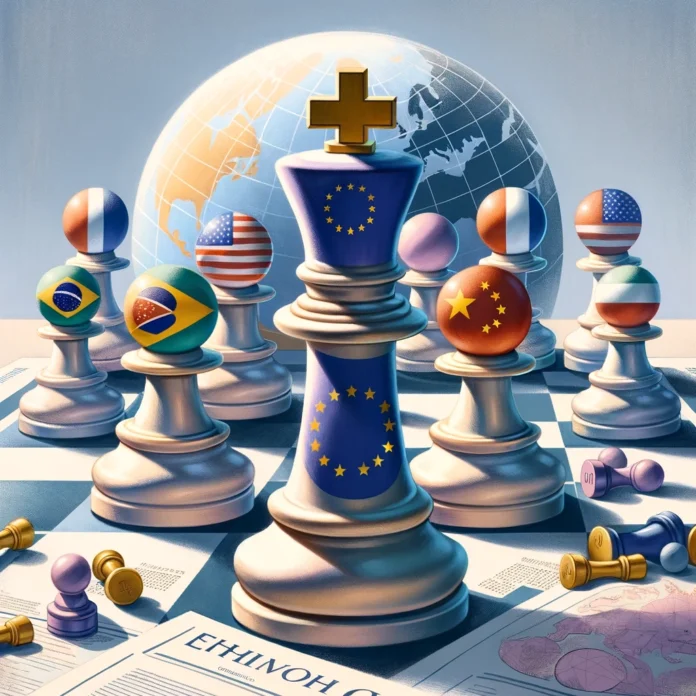The research-based pharmaceutical industry represents a backbone of the European economy, standing out as one of the most successful high-tech sectors. This is underlined by Efpia’s 2023 report “The pharmaceutical industry in figures” which reveals how in 2022, investments in Research and Development (R&D) reached 44,500 million euros, confirming the sector’s commitment to innovation.
This dynamism not only fuels economic growth but also makes an important contribution to Europe’s competitiveness on the global stage. The direct employment of more than 865,000 people, with a three times greater indirect impact both up and down the value chain, highlights the significant role of the industry in supporting employment and stimulating the economy.
According to Eurostat data, the pharmaceutical industry is the high-tech sector with the highest added value per person employed, significantly higher than the average for high-tech and manufacturing industries. Furthermore, it is the sector with the highest ratio between R&D investments and net sales. In 2021, healthcare industries invested approximately €235.3 billion in R&D, representing21.5% of total corporate R&D spending globally.
The international challenge
However, despite these successes, the sector faces major challenges, including rising R&D costs and the repercussions of the austerity policies adopted in Europe since 2010.
The economic rise and liveliness of the research environment in emerging economies such as Brazil, China and India are reshaping the global landscape, attracting investments and talent away from Europe. During the period 2017-2022 the Brazilian, Chinese and Indian markets grew by 13%, 5.3% and 11% respectively, compared to an average growth of 6.6% for the top five markets of the European Union and 7.1% for the US market.
The growth rate of these countries in the period 2017-2022 highlights increasingly fierce competition, with Europe at risk of losing ground. In the EU, Italy still maintains the leadership in production together with Germany (with 34.4 and 24.6 billion euros respectively) butthe leading producer on the continent is Switzerland with almost 60 billion euros, ahead of Belgium, with 43.4 billion.
Despite market fragmentation and competitive pressure, North America maintains its supremacy in the global pharmaceutical sector, with a market share of 52.3% in 2022.
New drugs slowdown
The estimated value of the global pharmaceutical market for 2022 is 1,222.921 billion euros based on ex-producer prices. The disparity between geographical areas is also reflected in the launch of new drugs, with a predominance of the US market: in the period 2017-2022, 64.4% of sales of new medicines were recorded on the US market , compared to 16.4% for the top 5 European markets combined.
In 2022, China almost equaled Europe as the origin of new active substances launched on the global market for the first time (16 and 17 new substances respectively), behind the United States, leader with 24 out a total of 73. After losing its lead as the most innovative region in the world in 2000, Europe fell to third place in 2020, overtaken by China and other emerging economies.
To maintain its relevance, the European pharmaceutical industry must address internal and external challenges with targeted strategies. The optimization of the R&D environment, together with policies favorable to innovation and international collaboration, are essential to stimulate growth and attract investments.
A strong and competitive pharmaceutical industry not only benefits the European economy but also ensures access to innovative therapies for patients. Collaboration between the public and private sectors,along with a shared commitment to research, is the key to a prosperous and healthy future.


